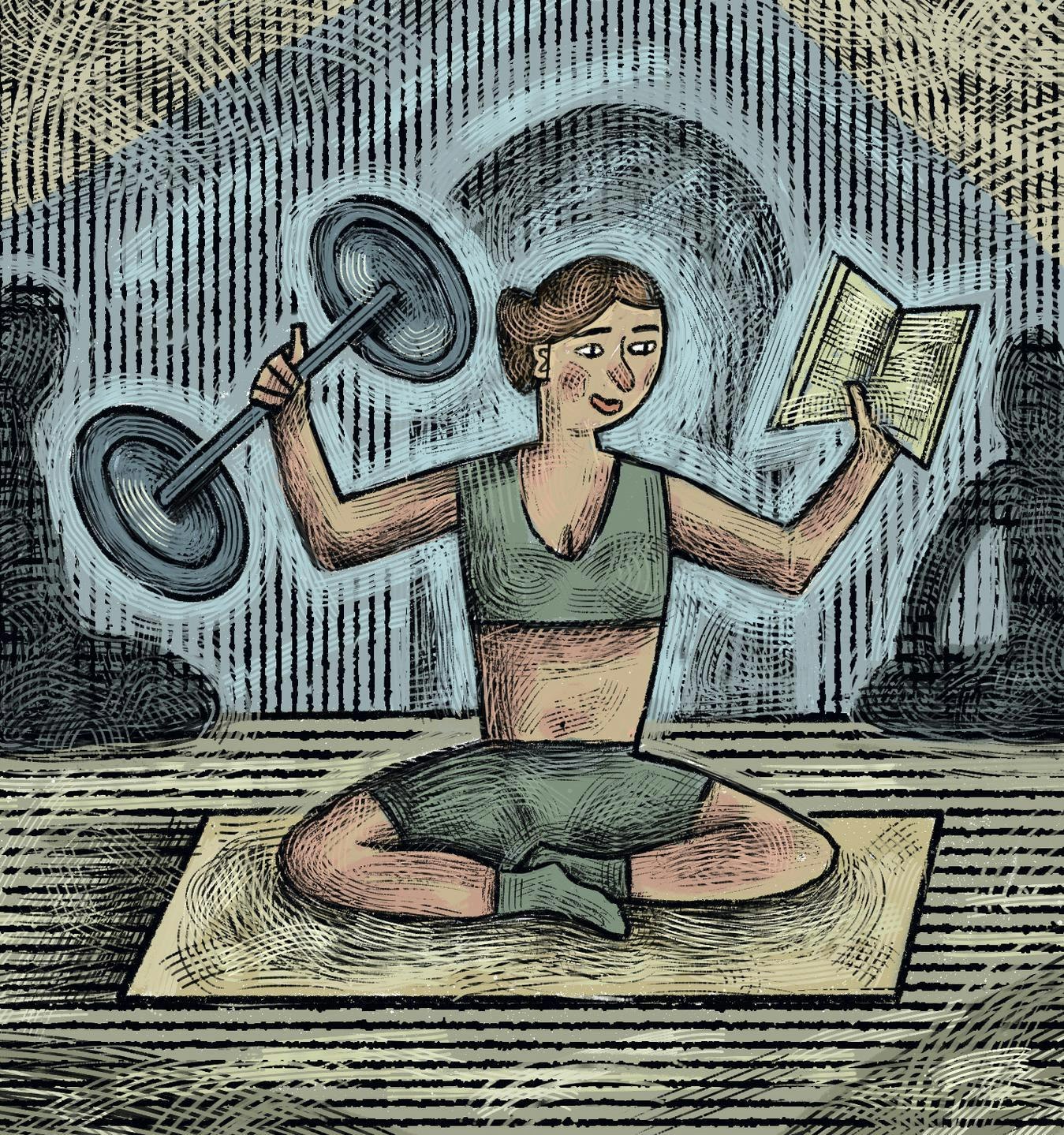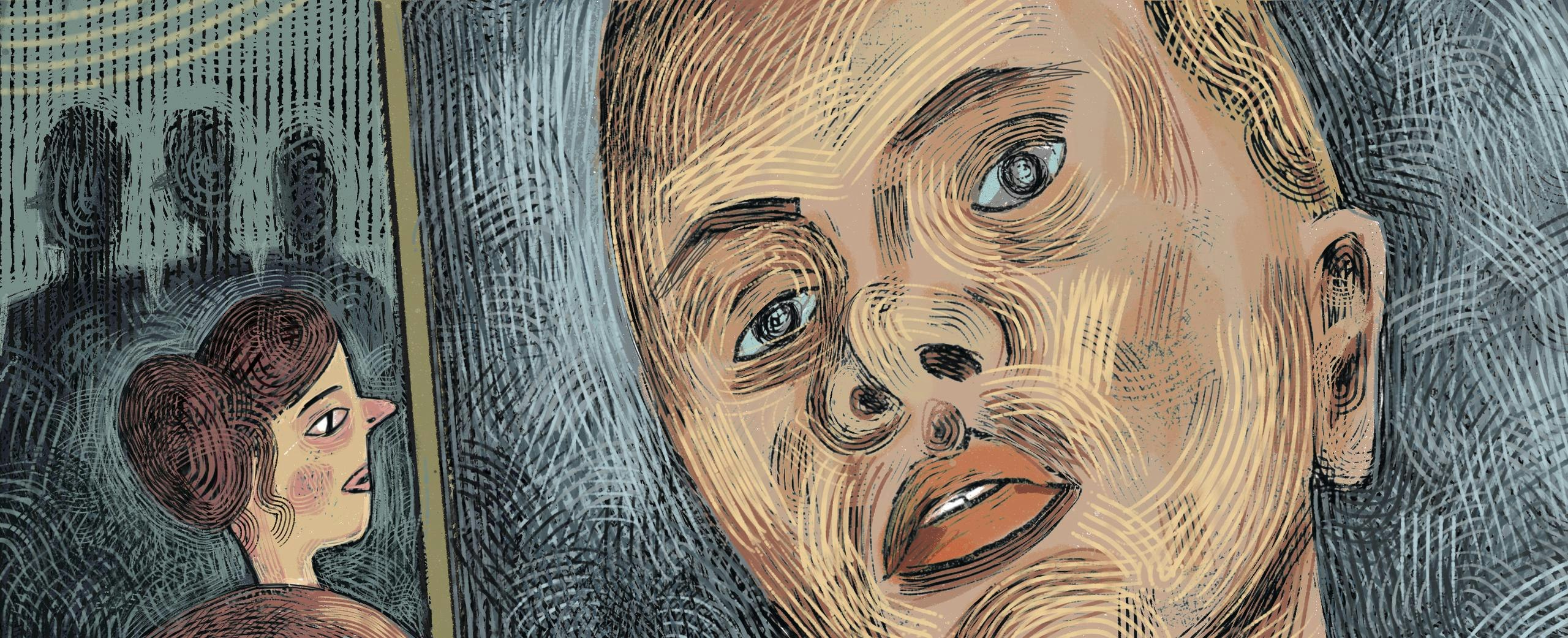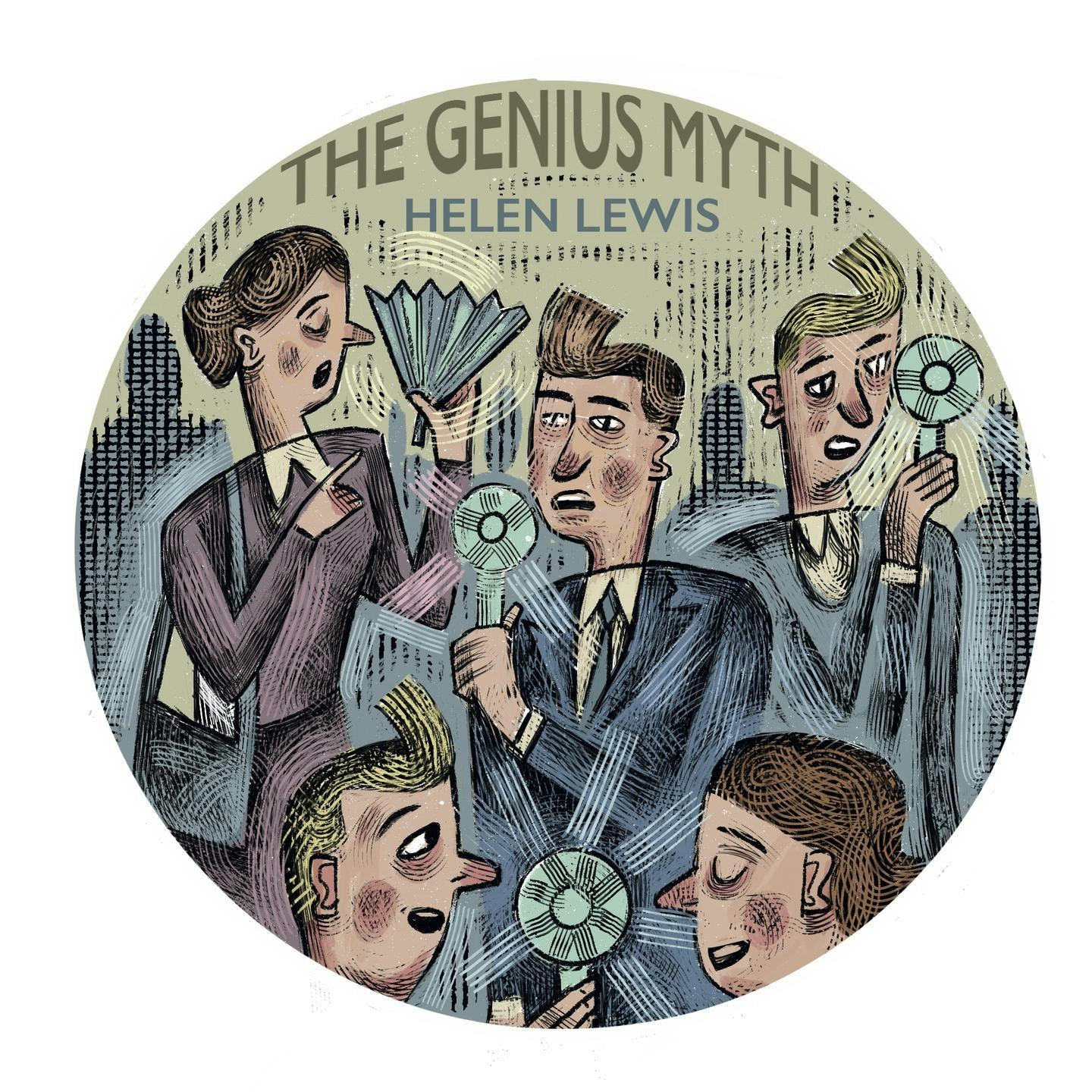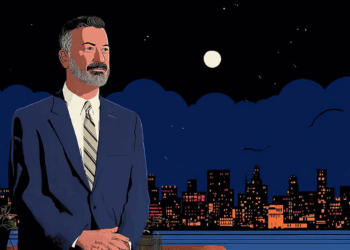This article is taken from the August-September 2025 issue of The Critic. To get the full magazine why not subscribe? Right now we’re offering five issues for just £25.
Bangers with bite
Summer is festival season! So off I headed to British Summer Time in Hyde Park on a sunny Friday, where the crowd was a sea of purple in honour of the American singer-songwriter Olivia Rodrigo. At 22, Rodrigo has none of the sugariness you might expect from a former Disney child star — but also none of the try-hard “all grown up” energy of predecessors such as Miley Cyrus.

No, Rodrigo is a proper rock star with two albums of solid bangers to pick from — Sour and last year’s phenomenal Guts — all with an unexpectedly strong flavour of 1980s New Wave. (Her intro music was a very welcome blast of the Go-Gos.) But if she wears her influences on her sleeve, she wears her heart there too.
Her lyrics capture the awkwardness, anger and joy of being a young woman. I was there with my 19-year-old daughter and two friends; next to us were a couple of dads with their own much younger girls, all four belting out every single word.
Rodrigo really isn’t a tweenybopper, and there’s enough adult content in her lyrics about which some parents (especially in the censorious States) have complained. I think they’re wrong to do so. Toxic exes and self-esteem woes are in the near future for every one of the little girls singing their hearts out in the London dusk. Forewarned is forearmed, especially when the choruses come this big.
* * *
BST is a day festival: I’m happy to miss the overnight camp-outs. This might sound remiss for The Critic’s pop critic, but even in the nineties when ticket prices were less gouging (and I had lower standards of cleanliness), the ratio of fun to mud seemed unappealing. Actually, the only festival I’ve slept at was called All Tomorrow’s Parties and held at an out-of-season Butlins. Instead of a tent, you got a rickety chalet.
One of the artists I saw there was Nick Cave, and, when I met him at a party last year, I mentioned the gig. His brow furrowed under his shock of black hair. “That was a weird one,” said. “Wasn’t there a Burger King at the back of the room?” There was indeed, meaning that Cave was delivering his gothic sermons to an audience munching on Whoppers and Chicken Royales. Maybe you can take the creature comforts too far after all.
• • •
Living it large
The National Portrait Gallery has had a smash run of exhibitions recently, and the current one on Jenny Saville is no exception. Before I visited, I felt I knew Saville’s work — fleshy, desexualised female nudes painted in dispassionate, almost grotesque detail. I knew her triptych Strategy (South Face/Front Face/North Face) especially well, because it was on the cover of the Manic Street Preachers’ album, The Holy Bible.

But until I’d seen the canvases themselves, I didn’t have the measure of them at all. Literally. The paintings at the NPG are vast, filling whole walls with skin. Scale matters. The immensity of the enterprise is an act of tenderness in itself, and what felt tantamount to cruelty in a jewel-case-sized reproduction becomes an adoration. Saville paints with deep sympathy for the body, and her work is not a defiance of beauty: it simply is beautiful.
I’ve been schlepping back and forth to London a lot recently, including a trip to Broadcasting House to do The Moral Maze on Radio 4. As a listener, The Moral Maze is the show most likely to make me dash across the kitchen and retune to Six Music, but the topic was one I care about, and I figured it was worth the trip.
Making my contribution in the studio was fine, but when I listened to the full show later, I realised one of the panel had consistently misrepresented me in the “summing up” section, attributing an opinion to me that was the opposite of my actual words. Infuriating — so I did the only sensible thing and retuned to Six Music.
* * *
I had a less annoying but much sweatier mission to the capital a week later, to celebrate the launch of Helen Lewis’ superb new book, The Genius Myth. The venue was the un-airconditioned basement of the Cartoon Museum and the date was alas one of this summer’s heatwave days. The crowd was the cultural A-list, but my pretensions to glamour and wit melted as quickly as my makeup.

The book has deservedly been reviewed well, but a few of the notices take a curiously hostile tone. Lewis isn’t out to destroy the idea of the exceptional, only to point out that what we think of as individual brilliance is often the outcrop of collective inspiration. But this incites an incredible defensiveness in some people — often, I suspect, in those who harbour unrealised dreams of their own personal greatness.
• • •
With all this rushing about, I needed some rest and recuperation: I decided to get back into yoga. After five years of exclusively pumping iron, it’s fair to say my body is a little on the crunchy side. Twists I once accomplished with ease caused a symphony of internal cracking, and remembering to breathe was more challenging than you might imagine.
Your average yoga class involves a lot of instructions: “breathe into your side body”, “breathe through alternate nostrils”, “find your dragon’s breath”. A lot of this is, of course, nonsense. Breathing in a more regulated way has benefits, but some of what yoga tells you to do is straight-up superstition.
Here’s the thing: I don’t care. As I was explaining to a scientist friend, everyone is susceptible to a certain amount of bullshit. I choose to believe my bullshit for one hour at a time, in a calm white room with gentle music. By the end, I’m relaxed, energised — and hopefully inoculated against nonsense in the rest of my life.












